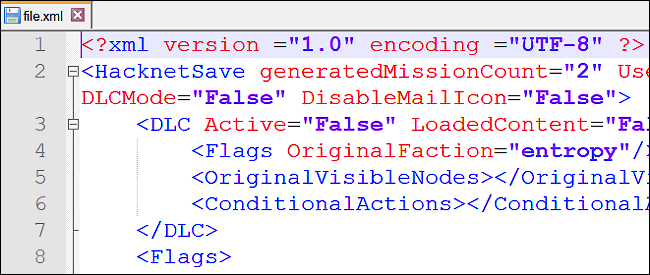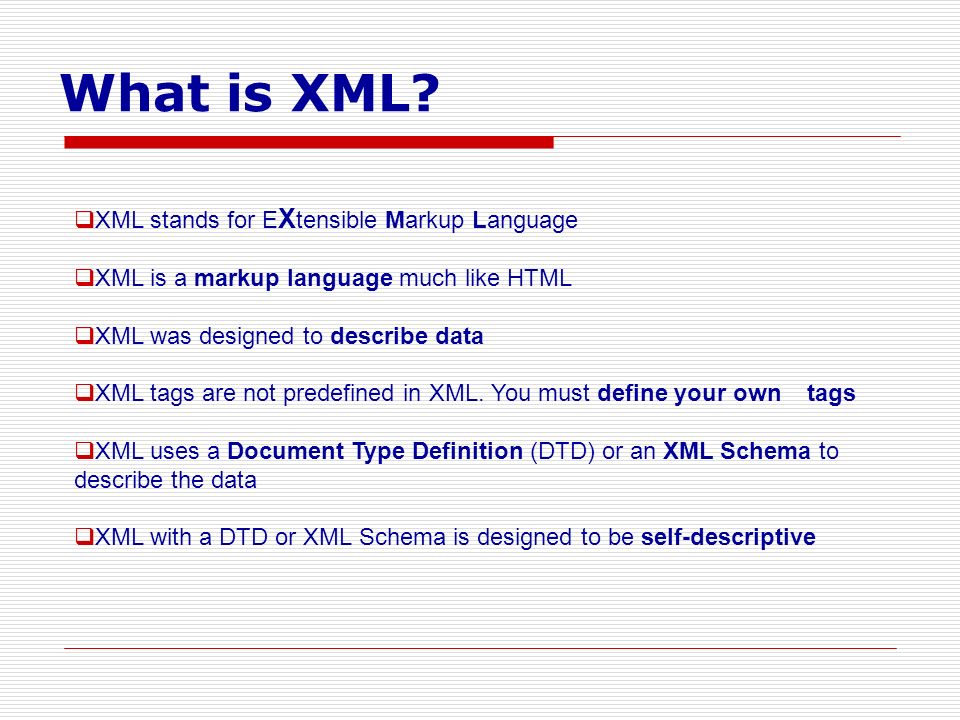JSON represents JavaScript Object Notation. It’s an open-standard document position that is utilized for program server correspondences. It’s a language-autonomous information position. XML represents Extensible Markup Language. It’s a lot of decides that help the clients to encode reports in a comprehensible organization and machine-lucid.

Give us a chance to ponder substantially more about JSON versus XML in detail:
“Correspondence is fundamental”. This announcement can be cited with innumerable models. In specialized term correspondence intends to share information and data. The bodies playing out this correspondence can be a framework or server. Since people have composed themselves into an intricate arrangement with the progression in innovation and which has additionally driven us to make organizes that suit our needs.
At the point when we request that PCs procedure things, in real practice it is stacking that information. This information stacking is urgent in light of the fact that the CPU needs to add this to memory. During the time spent doing this, it is putting away numbers to peruse; the importance of these information relies based on elucidation.
Presently comes the correspondence or information trade part. The genuine issue lies here when the correspondence is intended to occur among incalculable frameworks and systems accessible worldwide and how the translation happens. JSON versus XML is the most widely recognized organization favored for information trade on the web.
To maintain a strategic distance from these issues there must be a typical phrasing that is pertinent and more clear among frameworks over the globe. This invalidates the requirement for understandings. This is pivotal in light of the fact that a few principles and regular wording are required that every PC can concede to.
Key Differences between JSON vs XML
Both are popular choices in the market; let us discuss some of the major Difference Between JSON vs XML :
- JSON has a file extension of .json whereas for XML the file extension is .xml.
- JSON has “Data interchange” file format whereas XML has “Markup Language” file format.
- JSON has been extended from JavaScript whereas XML from SGML (Standard Generalized Markup Language).
- JSON came into existence in 2002 (by Douglas Crockford) whereas XML in 1996 (by W3C).
- JSON complexity level regarding learning and understanding is easier than XML.
- JSON is data-oriented whereas XML is document oriented.
- JSON does not provide display properties whereas XML does (as it’s a Markup Language).
- JSON supports array whereas XML does not.
- JSON is less secured than XML.
- JSON files are more human readable than its counterpart XML.
- JSON only supports text and number data types whereas XML has varieties like text, numbers, images, charts, graphs etc.

